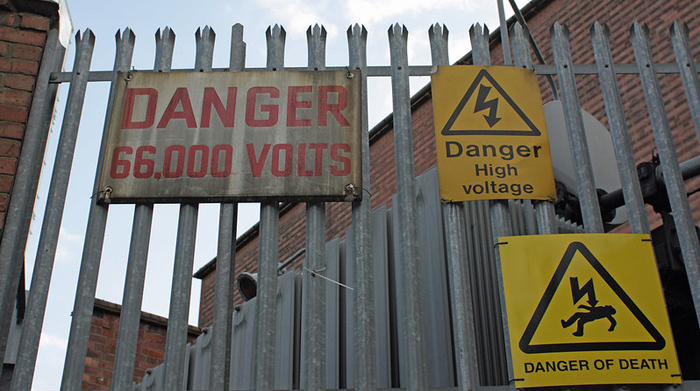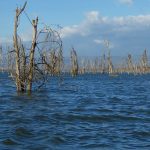Tips for Substation Hardening to Mitigate Storm Damage

Image courtesy of DeptfordJon under Attribution 2.0 Generic License, resized to 700 x 391 pixels.
Now, more than ever before, substation hardening is critical for electric utilities to protect against things like hurricanes and tsunamis. And whether it involves reinforcing existing structures or designing new facilities to accommodate more stringent standards, any substation hardening project must start with developing an understanding of loading criteria for a variety of severe weather events.
Steps Involved in Substation Hardening
As I mentioned, the first step of the process involves the development of loading calculations. Several resources exist that can help with this process, including but not limited to:
- ASCE 113, which leverages the ASCE 7-05 edition published in 2007, provides guidance to address the challenges of earthquakes and windy conditions.
- The ASCE 7-16 standard and ASCE 24 guide, which can be utilized to account for the impact of flooding.
- Both volumes of the FEMA Coastal Construction Manual, which provide tools for identifying hazards, making siting decisions, and developing design requirements.
- The FEMA Flood Insurance Rate Map (FIRM), which identifies flood zones along coastal areas.
As these materials make clear, 2 essential parameters for calculating the overall hurricane load effect are wind speed (gusts and sustained winds) and flood potential (flood depth and flood velocity). When it comes to tsunamis, inundation depth and flow velocity are the 2 key considerations.
As you can see, there is a lot to consider during the planning stage. Simply put, design specs and requirements cannot be optimal if they aren’t derived by utilizing specific loading calculations and criteria. These data points are critical in terms of ensuring that the project is not under- or over-designed.
From an emergency preparedness perspective, the topic of substation hardening may seem irrelevant because this is not the job or function of emergency planners. That said, substation performance clearly impacts reliability – therefore, if any substations in your service territory seem to go offline more frequently than would be expected, it might be time to sound the alarm.



